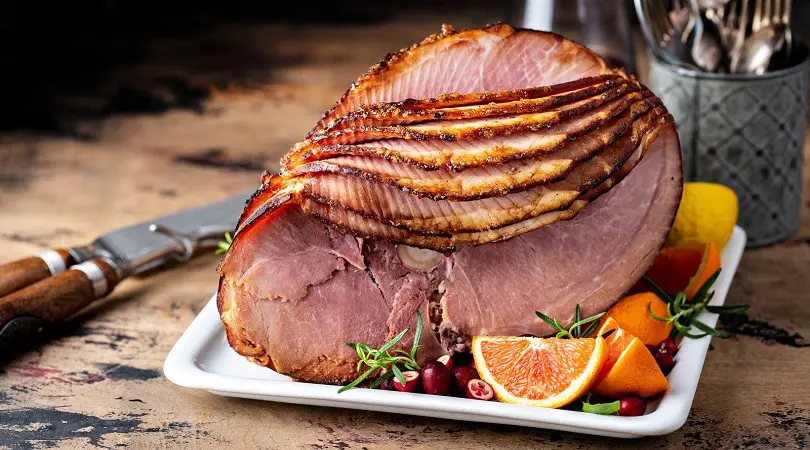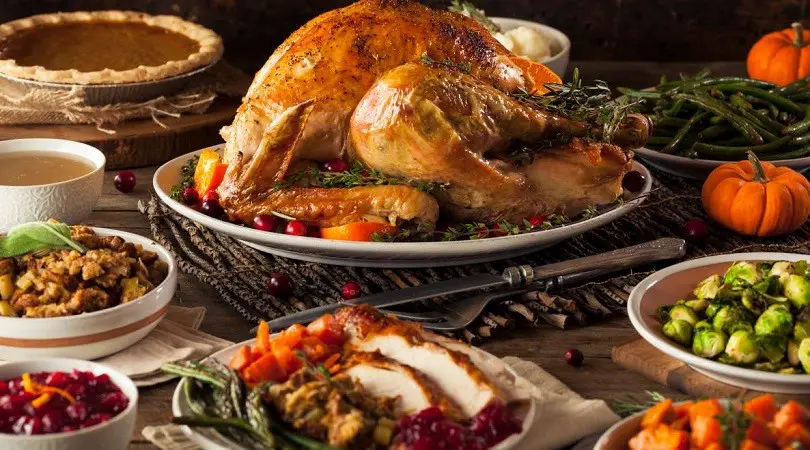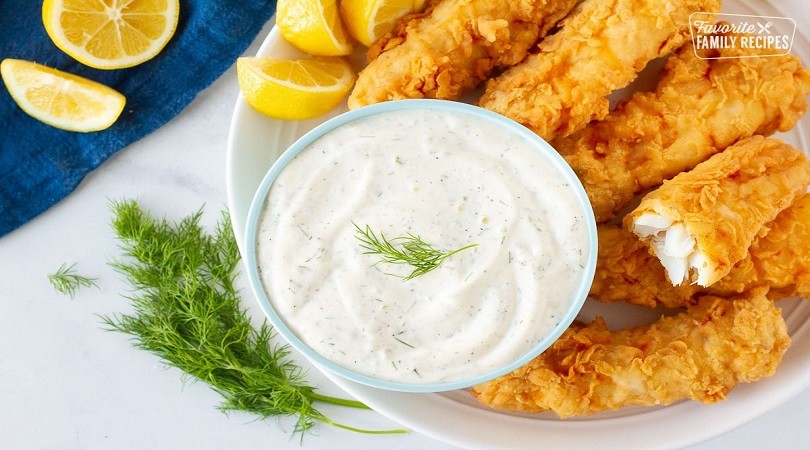Last Updated on January 11, 2023
Baby spiders generally eat the same things as adult spiders. This includes insects, other arachnids, and small animals. The size of their prey will depend on the size of the spider.
Some baby spiders will even eat their siblings if they are hungry enough.
As most parents know, baby spiders eat mostly insects. But what kind of insects do they like to eat? And how do they catch them?
Well, different species of baby spiders prefer different kinds of insects. For example, some common prey for baby spiders include flies, ants, beetles, and caterpillars. They also like to eat moths and other small flying insects.
To catch their prey, baby spiders will spin a silken web. Then they wait patiently for an insect to get caught in the sticky web. When an insect is trapped, the spider will quickly move in for the kill!

Credit: www.earthtouchnews.com
How Do You Feed Baby Spiders?
In the wild, baby spiders will eat just about anything they can catch. This includes other insects, small animals and even other spiders. However, when it comes to feeding baby spiders in captivity, you’ll need to be a bit more creative.
One way to feed baby spiders is to offer them live prey. This can be done by placing a small cage with the spider inside next to an enclosure with live insects. The baby spider will then be able to catch the prey as it wanders into its cage.
Another option is to offer the baby spider pre-killed prey. This can be done by placing the dead insect on a piece of paper or cloth and offering it to the spider on a tweezer or similar tool. The baby spider will then wrap up the prey in its webbing and enjoy its meal.
Finally, you can also offer baby spiders commercially available insectivore diet pellets. These are designed specifically for young arachnids and provide all the nutrients they need to grow and thrive. Simply place a few pellets in their enclosure and let them feast away!
What Do You Feed a Tiny Baby Spider?
Assuming you are talking about a spiderling, or baby spider, of a common household spider species:
A tiny baby spider will need to be fed very small insects. The best way to do this is to catch flies or other small insects in a web and then transfer them to the baby spider.
You can also place the baby spider on top of an insect that is stuck in its web. If you are feeding the baby spider mealworms, you will need to cut them into small pieces.
How Long Can Baby Spiders Live Without Food?
A baby spider can live without food for a few days to a week. If the temperature is warm, they may survive longer. Once they mature, spiders can go for months without eating anything.
How Do Baby Spiders Survive?
When a spiderling hatches from its egg, it is very small and vulnerable. It doesn’t have any webs to catch prey, so it has to fend for itself. Baby spiders survive by eating small insects that they can catch.
They also drink dew and other liquids to stay hydrated. As they grow older and larger, they are able to build webs of their own and catch bigger prey.
how to feed baby tarantulas or small spiders
What Do Baby House Spiders Eat
Most baby house spiders will eat just about anything they can catch. This includes other insects, small animals and even human food. However, their diet will vary depending on the species of spider.
For example, some spiders are more carnivorous than others and will only eat meat. Others are more omnivorous and will eat both meat and plants. Still others are strictly herbivorous and only consume plant matter.
In terms of what kinds of insects baby house spiders like to eat, it really depends on the individual spider. Some will go after flies or moths while others may prefer beetles or ants. Smaller spiders may even prey on mosquitoes or gnats.
Basically, if it fits in their mouth and they can subdue it, they’ll probably try to eat it!
As for larger prey items, baby house spiders have been known to snag the occasional mouse or lizard. Again, this depends on the size of the spider as well as the size of its prey.
Some species of spider are large enough to take down a bird! But for most baby house spiders, anything smaller than them is fair game.
Human food can also be part of a baby house spider’s diet, although this is usually accidental rather than intentional.
If there’s crumbs or bits of food left around that a spider can get to, chances are good that they’ll start snacking on it. This is why it’s important to keep your living space clean if you don’t want unwanted guests like spiders munching on your leftover pizza crusts!
Conclusion
Most baby spiders eat small insects like gnats and fruit flies. Some spiders will also eat other baby spiders.









